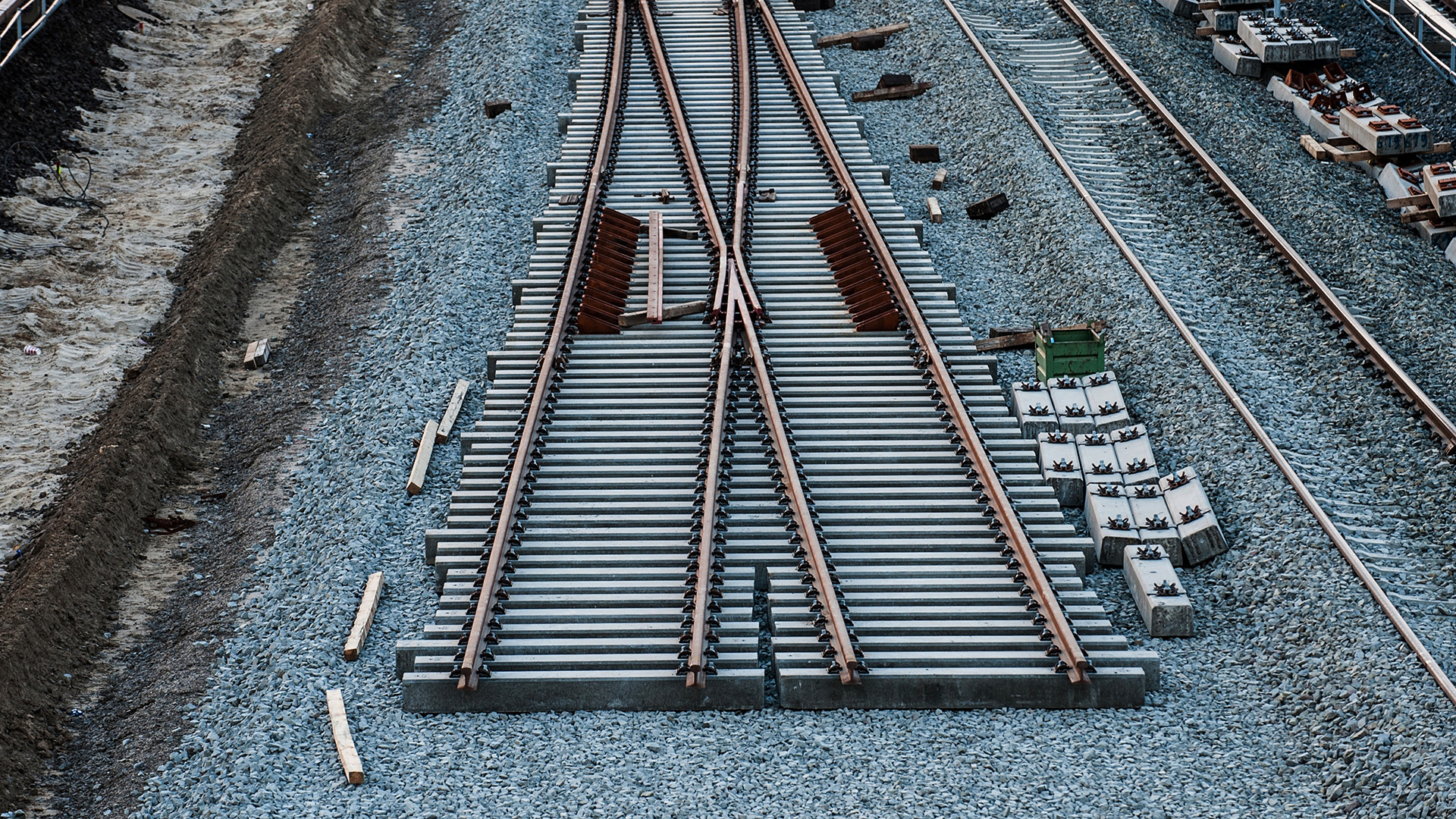To analyze
Status: 07.09.2022 17:03
In the long run, more and more passengers, more and more construction sites and more and more delays: the Deutsche Bahn system is on the verge of collapse. The huge backlog of investments is not the only problem.
Train driver Enrico Grudnick is traveling from Hamburg to Dresden on his freight train. Again and again the signs are red and he has to wait, again and again the heavy freight train has to be put on a siding for the faster trains to pass. “The volume of traffic has increased so much. Only the infrastructure hasn’t changed,” says Grudnick.
A few days later at Hamburg Central Station: the platforms full of people waiting, the billboards full of late signals. A different picture, but for the same reason: the rail network is overloaded in many places. In July, the punctuality of long-distance trains across Germany was less than 60%.
Ambitious goals, but not enough money
The goals of the traffic light government are ambitious as far as railways are concerned: they want to increase the rail share in freight traffic by 2030 from around 18% (in 2020) to 25% and double the volume of passenger traffic. This is what the coalition agreement says. Goals that, according to experts, are no longer achievable. The 9 euro ticket also showed that the railways are clearly overloaded in many places as the volume of traffic increases.
One reason: too little money has flowed into the network for years. The backlog of investments in rail infrastructure is huge. According to DB, about 60 billion euros should be spent to solve all the network problems accumulated in recent years. The state of the lines and tracks has been neglected for many years, says railway expert Christian Böttger: “Now we have come to a point where more money needs to be invested. And construction work also means more and more closures and then further delays. ”
The resistance of the public prevents the expansion of the track
A second main reason for the delays are insufficient tracks. At many points on the network, it has not been possible to build enough new tracks for years. Overdue repairs are currently delaying traffic and at the same time construction of new tracks is still a long way off. The result: The German rail network is reaching its limits on busy routes. And this is not only due to insufficient investment, but also to the fact that construction projects fail repeatedly due to population resistance or are massively prolonged.
An example is the route between Hamburg and Hanover. For decades, attempts have been made to significantly increase the number of trains between the two cities. The new original variant, the so-called “Y route”, was intended as the ICE route from Hanover to Hamburg and Bremen, but failed due to the protests of the population. In 2015 the “North Rail Dialogue Forum”, an association of local authorities, state, federal government and railways, among others, agreed on the so-called “Alpha-E variant”: the current routes should therefore be modernized and slightly expanded, among other things with another track between Lüneburg and Uelzen.
But as early as 2016 a federal expert found that this variant is not enough because more capacity is needed on the route. That is why the “Optimized Alpha-E plus Bremen” project followed. This variant goes beyond the 2015 agreement. According to DB, two additional tracks are required for the project between Hamburg and Celle.
Agreement seems a long way off
Deutsche Bahn is currently looking into three different options for this: One option would be to build the new tracks directly along the existing route, which runs through various cities and towns. In addition, the path may also be routed beyond individual locations. Another possibility would be to build a new route away from the existing tracks, for example along the A7 motorway. Deutsche Bahn intends to present the test results by the end of the year. When something actually happens on the path, however, it is completely open. There is resistance on the part of the population against each of the variants of the route.
It has been a long time since everyone was talking about the same variant when it came to widening the route between Hamburg and Hanover. In some neighboring communities, district administrators and mayors still refer to the 2015 compromise, urging the implementation of the original Alpha-E variant. The Transport Minister of Lower Saxony, Bernd Althusmann, is currently asking for it during the election campaign. And that’s even though it’s clear that the original “Alpha-E variant” has been out of the question for the Federal Ministry of Transportation for years. This is confirmed by the railway commissioner of the federal government, Michael Theurer (FDP). Instead, the “Optimized Alpha E Plus” was included in the Federal Transport Route Plan by a resolution of the Bundestag: “This is a valid or enforceable federal law.”
How can construction projects be carried out?
The route between Hamburg and Hanover is just one example of how long and complicated railway construction projects are. But it would depend on the rapid construction of more tracks if something is to be achieved even close to what the federal government announced in the coalition agreement.
FDP man Theurer at the Federal Ministry of Transport points out that they want to invest in the rail network. So more money should help the railways out of chaos. In order for people to “set the railway clock again”, as Transport Minister Volker Wissing recently announced, political will is also needed to rapidly build new railway lines, even against the resistance.
The ARD Panorama magazine will report on this topic on Thursday 8 September 2022 at 21:45 the first.


